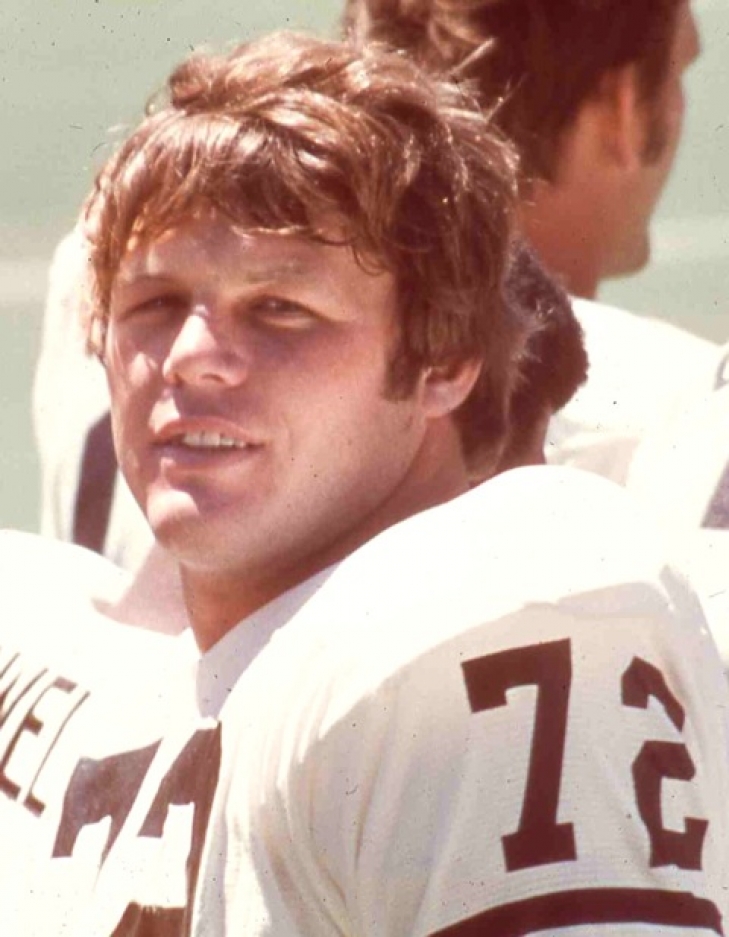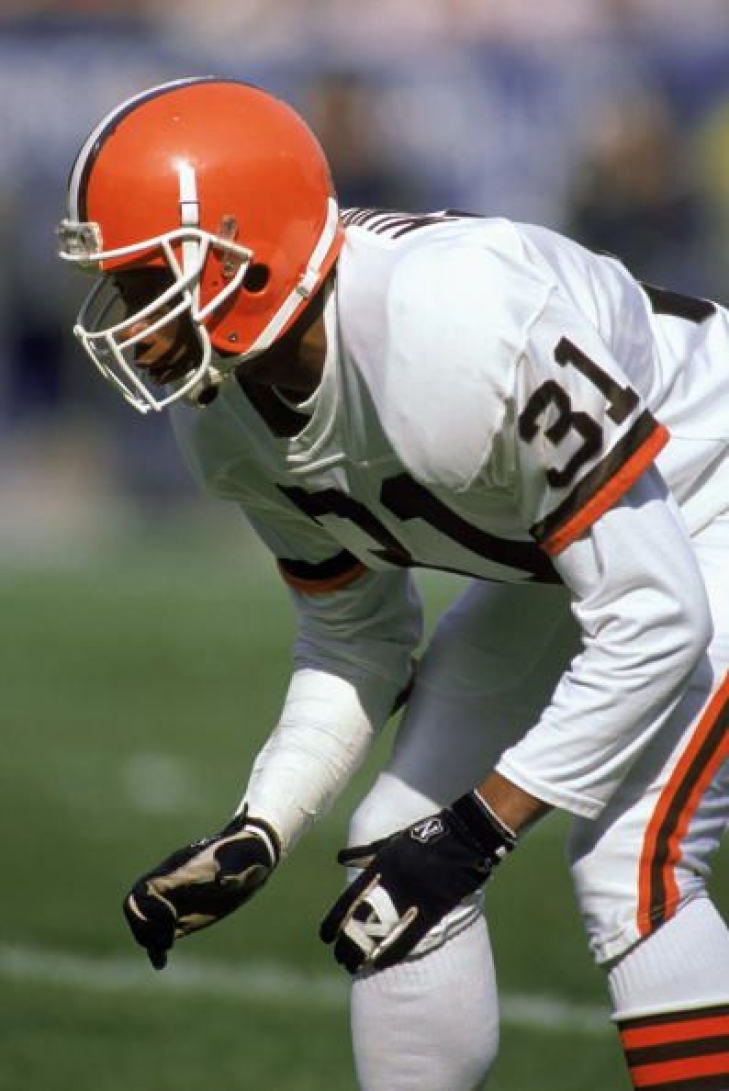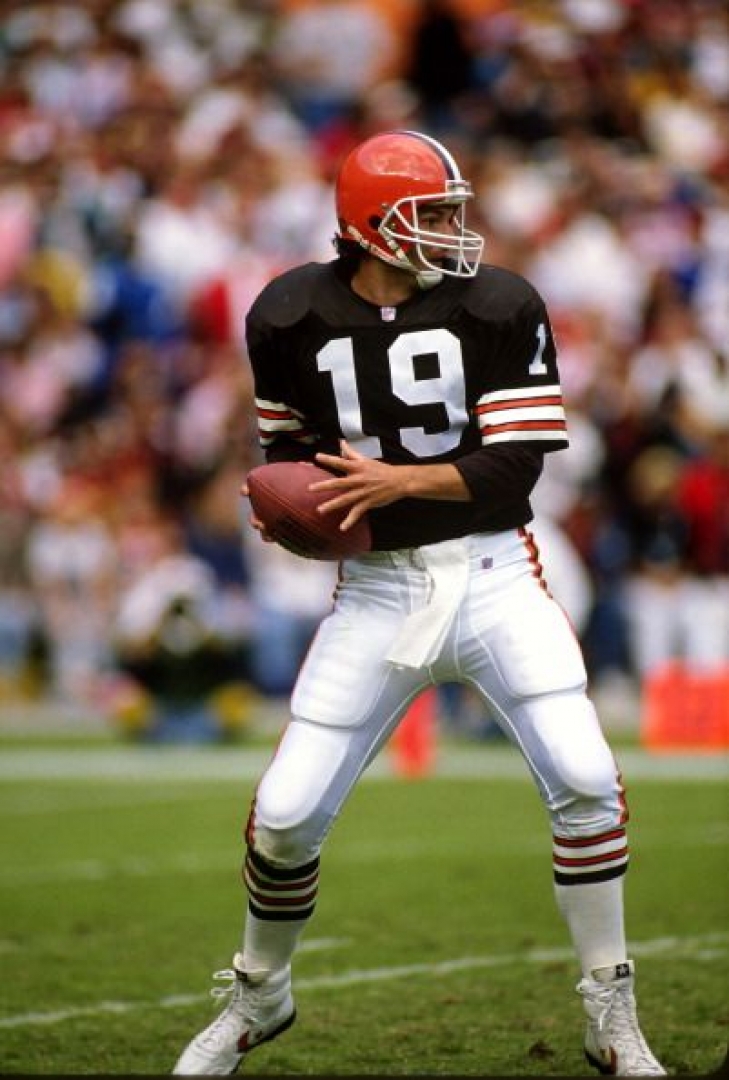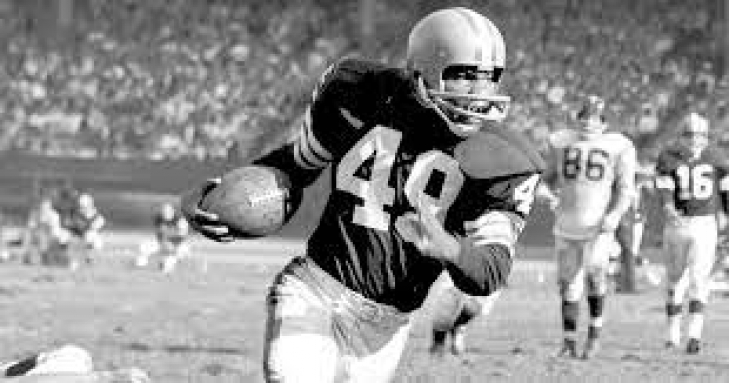
Committee Chairman
33. Jerry Sherk
Unlike the 1950s and 1960s, the 1970s were not the glory days of the Cleveland Browns, but they did have some bright spots, one of which was Defensive Tackle Jerry Sherk.
Sherk was a Brown for the entirety of his 12-year career, winning the starting job on the right side as a rookie. He would grow into one of the top pass rushers for the Browns through the decade, exceeding the 10-Sack plateau four times, accruing 70.5 in total. From 1973 to 1976, Sherk was a Pro Bowl honoree, with the last four years seeing the former Oklahoma State Cowboy capture First Team All-Pro honors. That year, he was so good that the NEA (Newspaper Enterprise Association) named him the Defensive Player of the Year. The Browns named him as one of their Legends in 2005.
26. Frank Minnifield
After a promising career at Louisville, Frank Minnifield was not drafted by any NFL team, but he landed employment with the Chicago Blitz of the USFL. As the team migrated to Arizona, he proved himself NFL worthy, though he had to sue his way out of the fledgling league. Once he did, the Cleveland Browns were waiting.
Minnifield was an All-Rookie starter at Cornerback, and by his third year, he was named to his first of four Pro Bowls. In the last half of the 1980s, Minnifield was one of the best at his position, and he was a First Team All-Pro in 1988 and a Second Team Selection in 1987 and 1989. Known for his devastating hits, Minnifield was a favorite of the Browns fans, and he remains one of the more popular figures in team history.
Minnifield was injured for most of the 1990 season, and he was not the same player afterward. He remained with the Browns until he retired after the 1992 Season.
Minnifield is best known for coining the term "Dawg Pound" alongside fellow defensive star Hanford Dixon. That will long outlive any Brown or Browns fan. The team named Minnifield as one of their legends in 2005.
31. Bernie Kosar
Through the rules at the time, Miami Hurricanes Quarterback and National Champion Bernie Kosar were available in the 1985 Supplemental Draft, which allowed him to play for the team he wanted to, the Cleveland Browns.
Kosar started as a backup to Gary Danielson, but an injury to the incumbent escalated Kosar’s emergence as a starter. While Kosar had feet of concrete, he had an accurate and fast arm, and led the Browns to the playoffs. Kosar remained the team's starter, and the offense shifted to a more pass-oriented style. He took Cleveland to the AFC Championship Game, where they lost to Denver, but Kosar was established as a high-profile football player.
Statistically speaking, 1987 was his best year, as he had his second straight 3,000 Yard year and threw for a career-high 22 Touchdowns. Kosar went to the Pro Bowl that year, which would be the only time he received that honor. He would have two more 3,400-Yard plus years for Cleveland, but the beginning of the end for Kosar as a Brown was the emergence of Vinny Testaverde and Head Coach Bill Belichick, who was not enamored with Kosar.
Testaverde would become the starter in 1993, and Kosar was released during the season.
Kosar might not have reached the expectation placed on him, but he was immensely popular in his prime and threw for 21,904 Yards and 116 Touchdowns as a Brown. The organization named him as a Legend in the first group in 2001.
29. Bobby Mitchell
Bobby Mitchell was one of the many finds that Paul Brown found in the middle rounds of the NFL Draft, in his case, the Seventh in 1958.
Mitchell was used as an everything weapon for the Browns, rushing, receiving, and returning. In the four seasons he competed for Cleveland, Mitchell accumulated 5,916 All-Purpose Yards, and was in the top six in all of those seasons. With Jim Brown, Mitchell was expendable, and he was traded to Washington for the college star Ernie Davis, who unbeknownst to all parties, had leukemia and never played in the NFL.
Mitchell, who was also traded in part to force Washington to integrate, was a huge part of Washington’s offense. He entered the Pro Football Hall of Fame in 1983 and was chosen for the first class of the Browns Ring of Honor in 2010.





